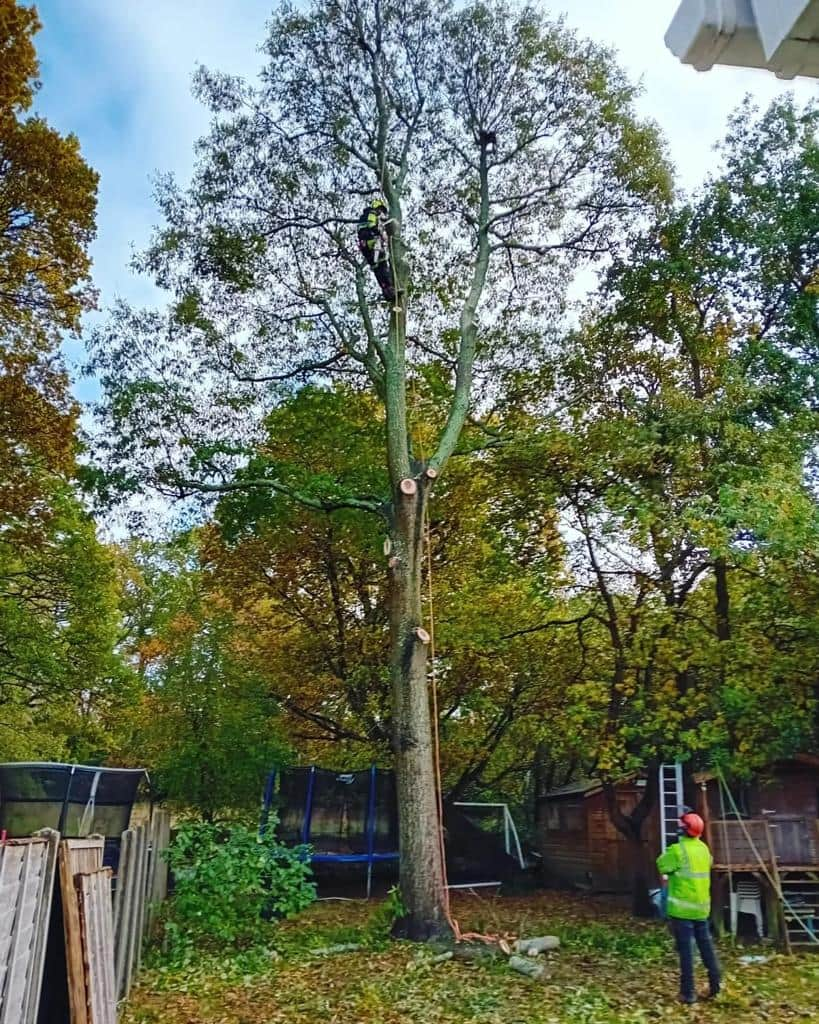Introduction: Hedges serve as natural boundaries, providing privacy, security, and aesthetic appeal to gardens and landscapes. However, regular trimming is essential to maintain their shape, density, and health. One common question many homeowners have is: How often should I trim my hedges? In this blog post, we’ll explore the factors that influence hedge growth and provide guidance on how frequently you should trim your hedges to keep them looking their best.
Hedge Type and Growth Rate:
- The frequency of hedge trimming largely depends on the type of hedge and its growth rate. Fast-growing hedge species like privet, Leyland cypress, and laurel may require more frequent trimming than slower-growing varieties like yew or boxwood. Research the specific species of hedge you have in your garden to understand its typical growth rate and trimming needs.
Desired Hedge Appearance:
- Another factor to consider is the desired appearance of your hedge. If you prefer a neatly manicured hedge with sharp, defined edges, more frequent trimming may be necessary to maintain its shape. On the other hand, if you prefer a more natural, informal look, less frequent trimming may be suitable.
Seasonal Considerations:
- The time of year also influences how often you should trim your hedges. Most hedges benefit from trimming at least once or twice a year, typically in late spring or early summer and again in late summer or early autumn. However, the exact timing may vary depending on the specific hedge species and local climate conditions.
Growth Stage and Health of the Hedge:
- Consider your hedge’s growth stage and overall health when determining the trimming frequency. Newly planted hedges or those in the establishment phase may require more frequent trimming to encourage dense, bushy growth and establish the desired shape. Once established, mature hedges may need less frequent trimming to maintain their shape and health.
Environmental Factors:
- Environmental factors such as weather conditions, soil quality, and sun exposure can also affect hedge growth and trimming frequency. Hedges exposed to strong winds or harsh weather conditions may require more frequent trimming to prevent damage and maintain their structural integrity.
General Guidelines for Hedge Trimming Frequency:
- Trim formal hedges with defined shapes twice to three times yearly to maintain appearance and density.
- Trim informal hedges once or twice yearly to control growth and maintain a natural appearance.
- Monitor the growth of your hedges throughout the growing season and trim them as needed to prevent them from becoming overgrown or unruly.
- Avoid trimming hedges during extreme heat or drought, which can stress the plants and hinder their recovery.
Conclusion: The frequency of hedge trimming depends on various factors, including hedge type, growth rate, desired appearance, and environmental conditions. By understanding these factors and monitoring the growth of your hedges regularly, you can determine the best trimming schedule to keep your hedges healthy, attractive, and well-maintained throughout the year.
Call us on: 01489 358 695
Click here to find out more about LM Tree Surgery Swanmore
Click here to complete our contact form and see how we can help with your tree’s needs.

